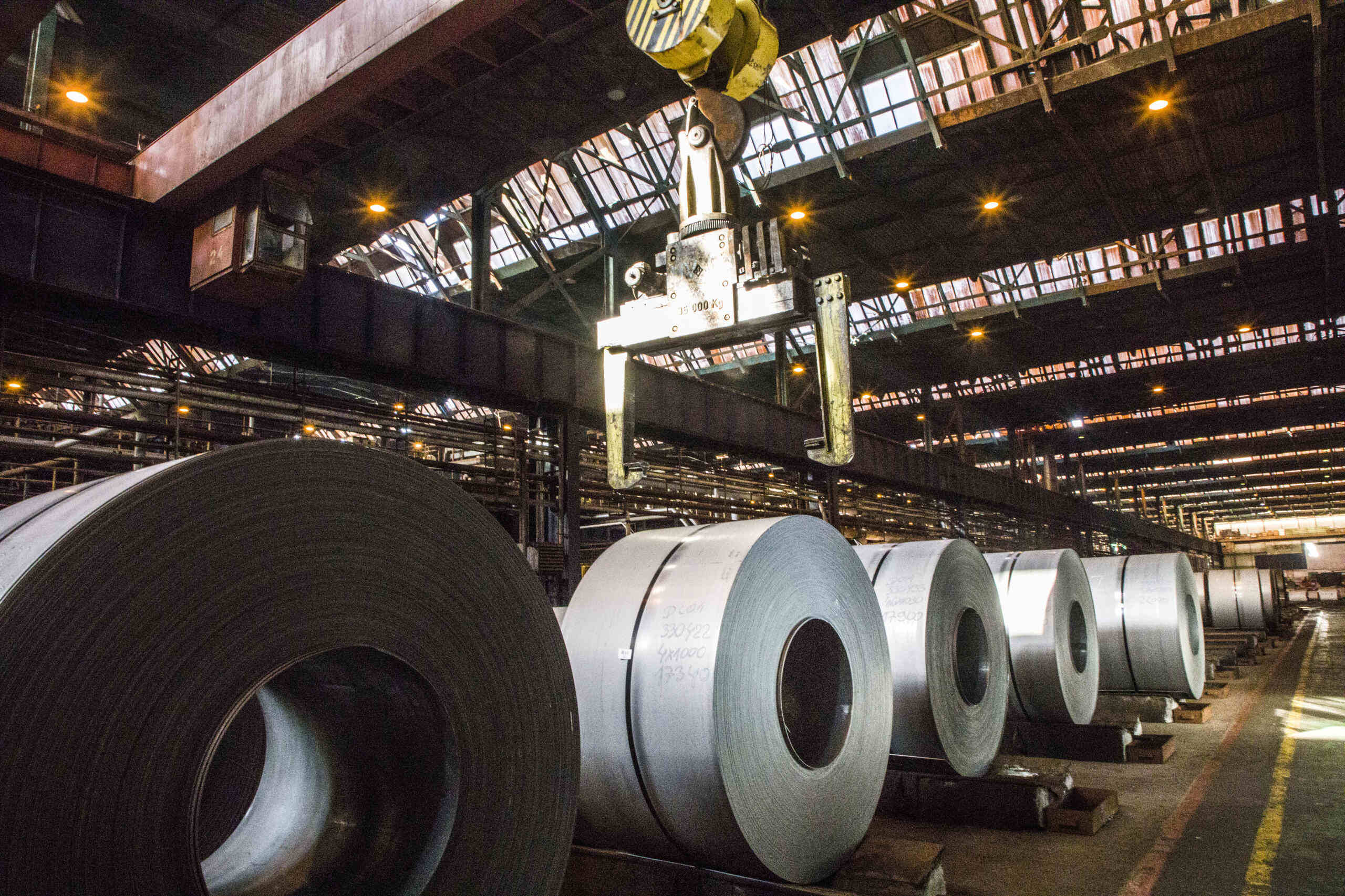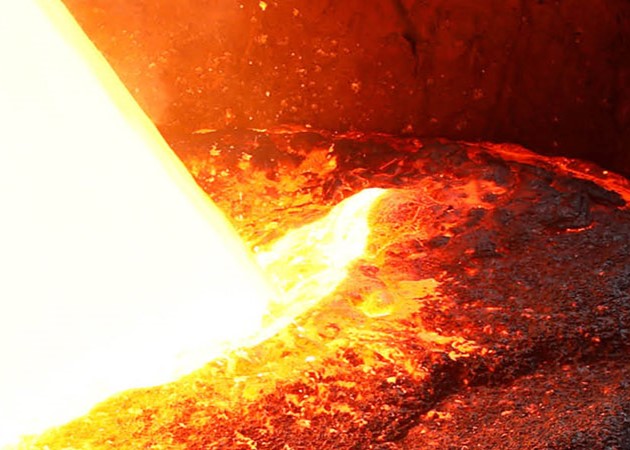We have recently undertaken a three-week research trip to China aimed at improving our understanding of Chinese copper mine costs and ensuring that the highest quality data is contained within CRU's Copper Mining Cost Model, which, uniquely, provides 100% coverage of the copper mining industry.
Why is Chinese mine production so important? While China persists at the centre of attention for copper cathode and concentrate demand, too often it is forgotten as the third largest producer of mined copper in the world, behind Chile and Peru. However, in contrast to the other top ranking nations, China's mining industry is by far the most opaque, shrouded by poor reporting, the small average scale of operations and a large proportion of reticent SOEs (state-owned enterprises). Thankfully, however, with a 25+ strong analysis team in China, CRU has the necessary resources and industry contacts to undertake regular site visits, allowing us to remain the leading authority on the Chinese copper industry. On this occasion, we visited six Chinese copper mines, all of which varied in scale, production type, ownership and location. Among the mines we visited, two were considered to be large-scale operations (by Chinese standards) (>50,000t/y Cu), two medium-sized (10,000t-50,000t/y Cu) and two small-scale (<10,000t/y Cu). They included a mixture of open pit and underground mines, producing copper concentrate and EW cathode. Five were state owned enterprises (SOEs), one privately-owned, with locations scattered across China, in Fujian, Xinjiang, Inner Mongolia, Jiangxi and Yunnan provinces.
The key objectives of our trip were to conduct a regular review of the assumptions contained within our Copper Mining Cost Model for China, and to investigate recent trends and industry developments, in particular, the vulnerability of high cost Chinese mines to shut in the current price environment.
Our key findings are as follows:
While the pace of labour cost inflation has slowed in China in recent years, the duty of social responsibility of state-owned mines (which account for 75% of the nation's mine capacity) means that wide scale reductions to wages or headcount are unlikely. However, privately-owned mines have had some limited success in lowering labour costs.
Consumables are one area where Chinese mines have been able to generate significant savings in the last few years, in part thanks to lower commodity prices, but also, and importantly, growing competition amongst domestic suppliers of consumables.
Most Chinese mines continue to utilise basic and outdated technologies, especially as far as the mining operations are concerned. These are predominantly carried out by contracting companies, which are reluctant to tie up large amounts of capital in equipment and machinery.
We have seen evidence of high-grading taking place as a strategy for weathering the low copper price environment at both private and state-owned mines. Many mines we visited were also seeking low-cost ways of boosting by-product recoveries to maximise revenue.
Overall, Chinese mines continue to dominate the top end of the cost curve, hampered by inefficiencies associated with the small average scale of operations, low copper grades and low by-product credits. However, we expect cash costs to continue to fall this year and next as improvements in efficiency are realised and the cost of consumables continues to fall. Labour cost remains the key constraint however.
We believe that the bulk of the supply response to low copper prices has already taken place in China, and unless the Chinese government's attitude towards social responsibility radically shifts, loss-making state-owned mines are unlikely to shut in the imminent future. Meanwhile, most of the loss-making privately owned mines have either shut already or been consolidated into state-owned operations.
A quick overview of the Chinese copper mining industry
In 2015, China's domestic copper mines produced 1.60Mt of contained copper, ranking as the third largest mined copper producer in the world, behind Chile and Peru. This is up from 0.56Mt in 2000. However, 2015 production actually declined by 10.3% y-o-y as a result of price-related shutdowns of high-cost privately-owned mines. We expect that the effects of these shutdowns will continue to weigh on production this year, with an expected 1.0% y-o-y decline, although we believe that the bulk of the supply response has now taken place, with state-owned capacity highly unlikely to close.
Key facts about China's copper mining industry
In 2015, China's domestic copper mines produced 1.60Mt of contained copper, ranking as the third largest mined copper producer in the world, behind Chile and Peru. This is up from 0.56Mt in 2000. However, 2015 production actually declined by 10.3% y-o-y as a result of price-related shutdowns of high-cost privately-owned mines. We expect that the effects of these shutdowns will continue to weigh on production this year, with an expected 1.0% y-o-y decline, although we believe that the bulk of the supply response has now taken place, with state-owned capacity highly unlikely to close.
In terms of the structure of the Chinese mining industry, most production comes in the form of copper concentrates, accounting for over 95% of the total. Underground mining is the principal mining method, with around 80% of mine capacity falling under this category. The average scale of mines is much smaller than in other major mining regions, with just three mines producing over 50,000t/y of copper. Overall, mines with a contained copper production capacity of less than 20,000t/y account for half of total production. As far as ownership is concerned, there are more privately-owned mines than state-owned mines, but the state-owned operations are on average larger in scale, overall accounting for around 75% of total capacity.
As far as China's cost position in the global mining industry is concerned, the nation's mines are, on the whole, highly uncompetitive, dominating the top end of the cost curve. The key reasons for this are the inefficiencies associated with the small scale of the average operation, comparatively low copper grades and low by-product credits. Of course, many other factors also play a role, some of which are discussed in subsequent sections of this paper.














